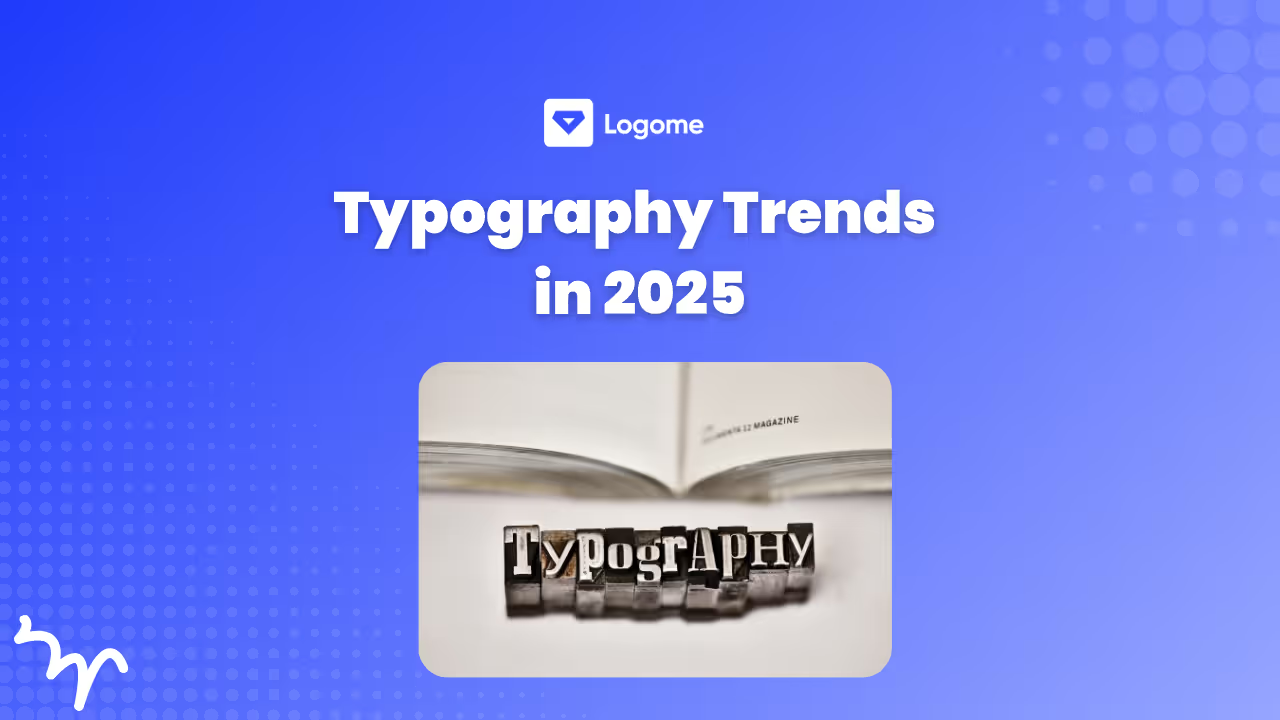AT&T Logo History
Discover the full AT&T logo history, its design evolution, symbolism, and how it reflects the company’s growth and global reach. A must-read for branding fans!
Discover the full AT&T logo history, its design evolution, symbolism, and how it reflects the company’s growth and global reach. A must-read for branding fans!

When you think of AT&T, what comes to mind? Probably that iconic blue globe spinning silently on screens or the unmistakable bell from a century ago. But have you ever stopped to wonder how this logo came to be and why it looks the way it does today? The AT&T logo history is more than just a timeline of changing images—it’s a story of a company growing, evolving, and adapting to an ever-connected world.
From its roots as a telephone pioneer to a global communications powerhouse, AT&T’s logo has shifted with the times, reflecting bold moves in technology and design. In this article, we’ll take a friendly stroll through those changes, uncovering the meaning and design secrets behind each version. Whether you’re a branding buff or just curious, get ready to see AT&T’s logo in a whole new light.

Every great story has a beginning, and AT&T’s logo journey starts right where the telephone itself was born. To understand the logo’s first design, we need to rewind to a time when phones were new, exciting technology — and the company behind them wanted a symbol people could trust.
Back in the late 1800s, Alexander Graham Bell’s invention was changing how people connected. AT&T, then part of the Bell Telephone Company, needed more than just technology — it needed a face, a symbol that customers would recognize. That symbol quickly became the bell itself, a direct nod to the company’s founder and the phone’s ringing sound.
The first logo wasn’t flashy by today’s standards. It featured a detailed telephone bell, clear and classic, reminding people of the sound and reliability of the telephone. This bell wasn’t just an icon — it was a promise that AT&T was the trustworthy voice connecting communities.
At a time when most homes were just discovering telephones, the bell logo appeared everywhere — on phones, company buildings, and marketing materials. It helped customers feel confident about this new way of talking across distances. That simple bell set the stage for AT&T’s brand reputation for decades to come.
AT&T’s logo didn’t stay the same for over a century. It evolved as the company grew, technology advanced, and design trends shifted. Let’s walk through the key moments when the logo changed — each one telling a part of AT&T’s bigger story.
In the 1920s, the world was buzzing with new styles, and Art Deco was all the rage. AT&T gave its bell logo a sleek, geometric makeover. The design was cleaner and more modern, fitting the era’s love for sharp lines and elegance, but the bell stayed front and center, still symbolizing connection.
The biggest leap came in 1969 when legendary designer Saul Bass introduced the globe. This wasn’t just a fresh look — it was a bold statement. The globe symbolized AT&T’s expanding reach across the world, a visual promise that the company wasn’t just local anymore but a global communication leader.
As the 80s rolled in, simpler was better. The globe got streamlined — fewer stripes, a cleaner look that was easier to recognize and reproduce. This version made the logo adaptable for everything from print ads to early computer screens, keeping AT&T’s brand sharp and current.
By the late 90s, technology was racing ahead, and AT&T’s logo caught up. The globe became three-dimensional with shading and gradients, adding depth and a futuristic feel. It was a perfect fit for a company diving headfirst into the internet and digital communications.
Since then, the logo hasn’t seen drastic changes but rather thoughtful refinements. The blue deepened, gradients softened, and the globe’s edges became smoother. Today’s logo feels both modern and timeless — a symbol that continues to represent global connectivity in a digital world.

AT&T’s logo is more than just a brand mark—it’s a reflection of the technology that has shaped the company and the world around it. Each major logo update aligns with a leap forward in communication technology, showing how AT&T stayed ahead of the curve.
In the early days, the bell logo symbolized the birth of telephone technology—a groundbreaking way to connect voices over distances. It was simple, familiar, and reassuring to people just getting used to this new invention.
When AT&T introduced the globe in 1969, it marked a shift toward satellite communications and international networks. The striped sphere wasn’t just a design choice—it represented a web of connections spanning the entire planet.
By the late 90s, as the internet and digital communication exploded, the logo’s three-dimensional shading captured a sense of depth and innovation. This update reflected AT&T’s role in powering a new digital age.
Today’s sleek, modern globe fits perfectly with 5G, fiber optics, and cloud technology. The logo reminds customers that AT&T isn’t just part of history—they’re building the future of how we communicate.
Behind every logo is a story — not just about shapes and colors, but about what a brand wants to say without words. AT&T’s logos have always carried meaning carefully chosen to reflect who they are and where they’re headed.
The bell is more than just a bell; it’s a tribute to AT&T’s beginnings and the very invention of the telephone. It speaks to tradition, reliability, and the simple idea of connecting voices.
The globe, introduced later, is a powerful symbol of global reach and unity. Its stripes represent latitude and longitude lines, evoking the vast network AT&T has built to connect people everywhere. It’s a visual metaphor for a world linked together through communication.
Blue isn’t just a random choice. It’s a color that communicates trust, calm, and professionalism — all key qualities for a telecom company handling millions of connections every day. Blue helps customers feel secure and confident in the brand.
White balances the blue, adding clarity and a modern touch. Together, they keep the logo looking clean, approachable, and reliable.
The fonts AT&T uses have changed alongside the logos. Early versions had classic serif fonts, projecting formality and tradition. Over time, AT&T shifted to clean, sans-serif fonts that feel fresh and accessible.
This evolution matches the brand’s move from a formal telephone company to a modern, tech-forward communications giant.
Logos aren’t just pretty pictures—they’re reflections of where a company is and where it wants to go. AT&T’s logo changes weren’t random; they tell a story of growth, adaptation, and keeping pace with the world.
As AT&T grew from a local phone service to a global communications leader, its logo had to keep up. The shift from the bell to the globe wasn’t just design—it was a bold message that AT&T was connecting people not just nearby, but across the world.
Each update echoed the company’s expanding reach and ambition, helping customers see AT&T as a global powerhouse.
Design trends evolve fast. What worked in the 1900s wouldn’t cut it in the digital age. AT&T’s logo refreshed regularly to stay relevant—from Art Deco influences to sleek minimalism and 3D digital effects.
Keeping the logo fresh ensured it resonated with new generations of customers and worked well across different media, from billboards to smartphone screens.
AT&T’s history isn’t just growth—it includes splits, mergers, and reorganizations. Logo changes often marked these moments, signaling a new chapter.
When a company changes its shape or strategy, the logo often follows, reflecting transformation and renewed focus to customers and investors alike.
In the crowded telecom world, logos play a huge role in standing out. AT&T’s logo isn’t just familiar—it’s a carefully crafted symbol that sets it apart from competitors.
While Verizon uses a bold checkmark and T-Mobile opts for a bright magenta wordmark, AT&T’s globe offers a timeless, global feel. It’s more than just a shape—it’s a promise of worldwide connection and reliability.
This consistent, meaningful icon helps AT&T stay memorable in a sea of brands competing for attention.
Some competitors frequently overhaul their logos chasing the latest trends. AT&T, however, strikes a balance between modernizing and maintaining brand equity.
By evolving thoughtfully rather than completely reinventing its image, AT&T shows how consistency builds trust while still adapting to changing times.
A logo isn’t just a pretty picture—it’s the face of a company, often the first thing people notice and remember. For AT&T, its logo has played a huge role in shaping how customers perceive the brand over the years.
When the bell logo was first introduced, it helped build trust in a brand-new technology. That simple symbol reassured people that AT&T was reliable and dependable—a crucial message when phones were just becoming part of everyday life.
As AT&T transitioned to the globe, the logo became a symbol of connection and innovation on a global scale. This shift told customers that AT&T wasn’t just about local calls anymore; it was about connecting the world.
By keeping its logo consistent yet modern, AT&T reinforces its identity as a leader in telecommunications. Customers recognize the logo instantly, which builds brand loyalty and conveys stability in a fast-changing industry.
This shows how powerful a well-thought-out logo can be—not just as a design, but as a tool for creating emotional bonds with customers and standing out in a competitive market.
AT&T’s logo history is much more than a series of design updates—it’s a story of innovation, growth, and connection. From the classic bell that echoed the dawn of telephony to the sleek globe representing a digital, interconnected world, each change reflects AT&T’s journey through technology and branding.
This evolution shows how a logo can be a powerful tool, shaping how customers see a company and reinforcing its place in the market. AT&T’s careful balance of tradition and modernization has helped it stay relevant for over a century.
As you’ve seen, a logo isn’t just a picture; it’s a symbol of identity, trust, and vision. What’s your favorite AT&T logo moment? Feel free to share your thoughts or questions below—we’d love to hear from you!



Discover how 500,000+ businesses and creators are using our AI logo maker in their Logo creation.



